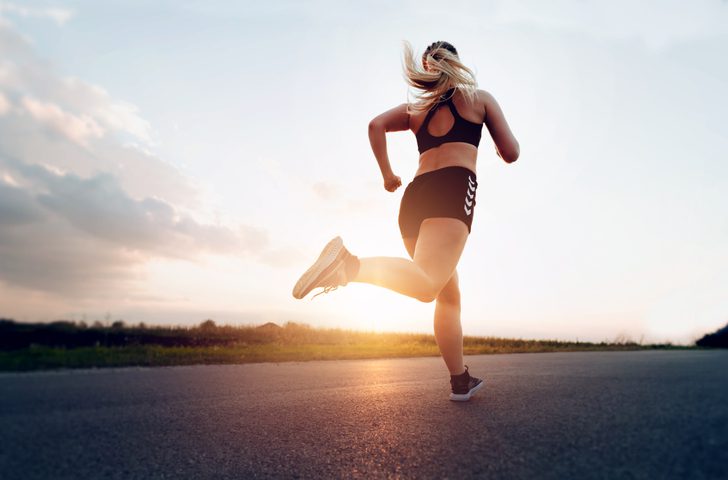When you’re running a flat workout, surfaces seem interchangeable. But, while you can sometimes swap your road workout for a track workout and vice versa, there are times when you should stick to the specific surface your workout is designed for. Here’s how to figure it out.
Montana DePasquale, a running coach based in Rhode Island, says there are a few key factors when deciding what surface to run a workout on. She suggests asking yourself two questions.
 `
`
What are you training for?
Are you preparing for a track race, a road race, or a combination? “For example, hills, trails, lots of turns?” DePasquale asks, explaining that specificity matters. “We want to practise meeting the demands we’ll be seeing on race day.”
But don’t rule out all non-race-specific running, she adds: “That doesn’t mean every single workout and every single long run needs to be on your race day terrain.” If your goal race is hilly, you can still use the track for speed workouts—just ensure you’re doing “intentional work,” including race-pace sessions on hilly roads.

What do you need?
Think about the skills you need to develop. “Different surface types serve as different tools,” DePasquale says. If you struggle with even pacing, the track can be beneficial. It can also help you master various training intensities, like 3K race pace. Roads, rail trails and bike paths are perfect for training your mind for long, uninterrupted reps.
Are you gearing up for a road race, but also love to hit the dirt? “If you need to learn what different pace and effort levels should feel like over uneven terrain, hills and trails are great for this,” says DePasquale. “Tailor the surface type to what you need, and the goal you’re trying to achieve.”

